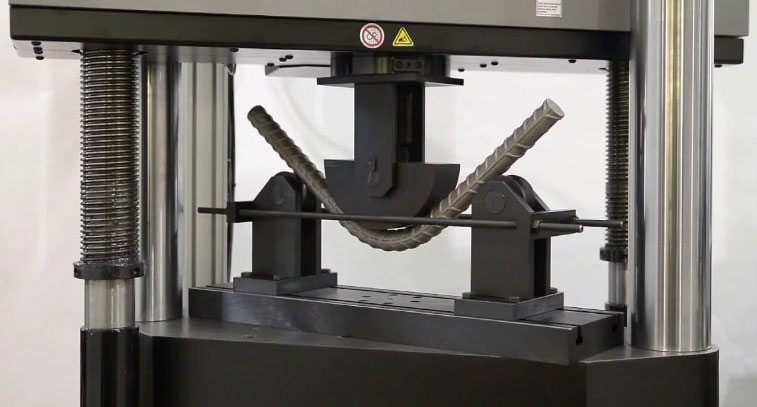Bend Rebend Test
The rigidity of the metal, often in the form of sheet, strip, plate, bar, or wire, is assessed during this process. It also evaluates the metal's strength and hardness, particularly after welding. Typically, the sample is bent over a tool with a fixed diameter. According to ASTM E290, E190, A370, and various IS, BS, and ISO standards, there are four common types of bends: free, guided, semi-guided, and wrap-around.

Purpose
- The bend test is used to determine a material’s ductility and flexibility. It assesses the material's ability to bend without breaking or failing.
Bending Techniques
- Various bending procedures are employed based on the material and test requirements. Common methods include three-point bending, four-point bending, and mandrel bending.
Evaluation Criteria
- In a bend test, several factors are assessed, including the angle of deflection, the presence of cracks or fractures, and the material’s ability to return to its original shape.
